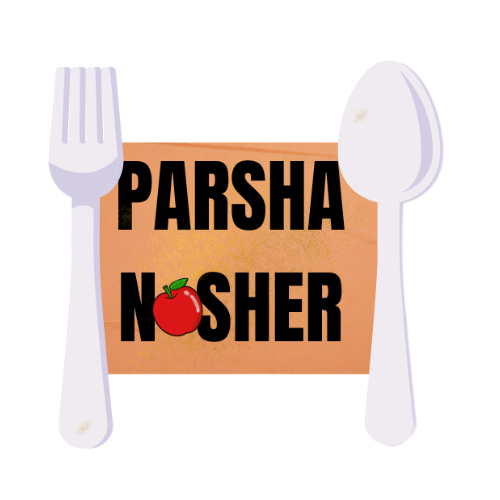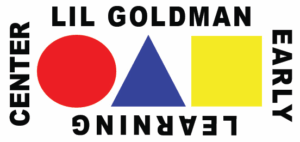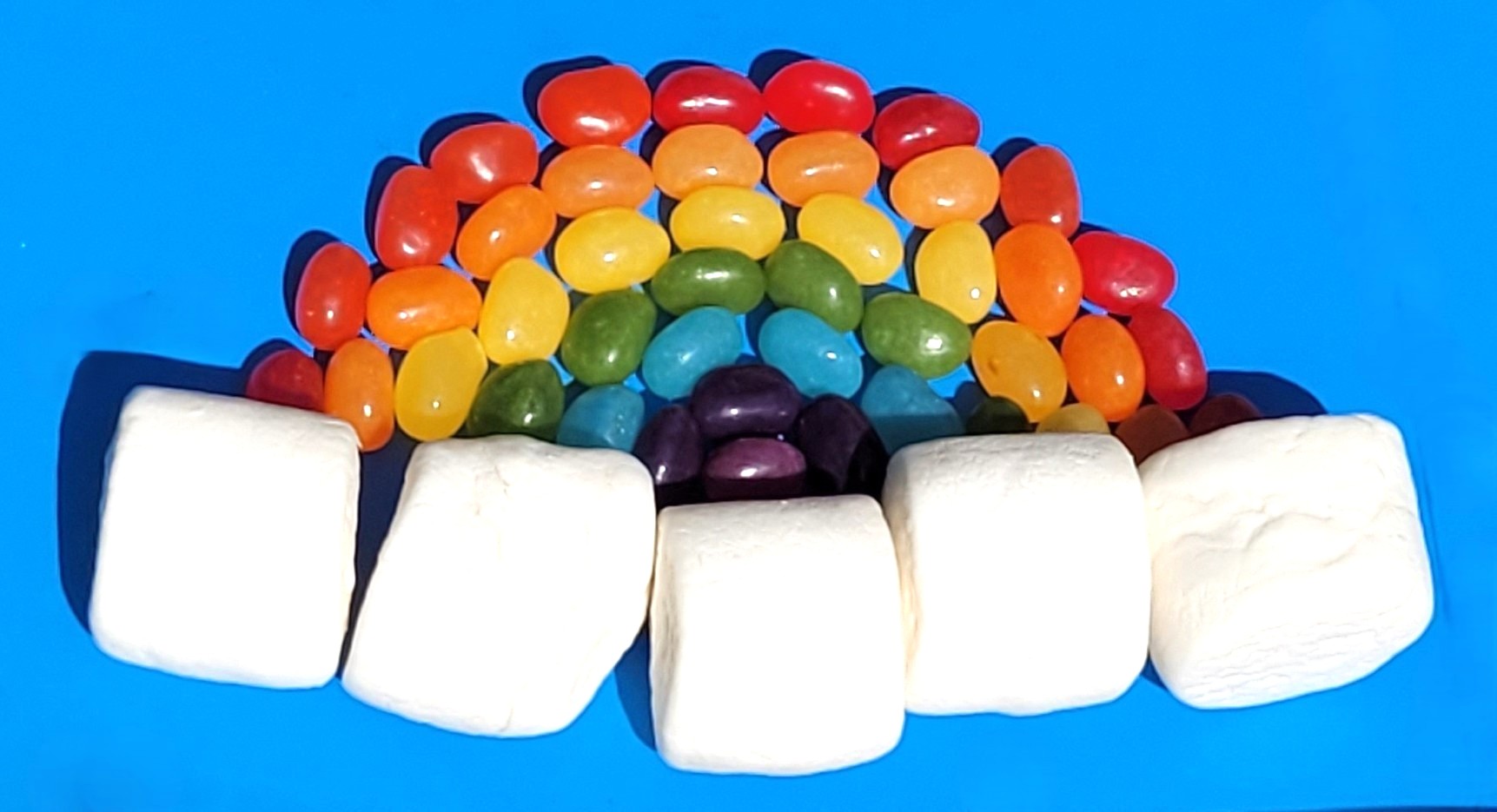Keep a Ready-to-go Stash so you are always ready to make a Parsha Nosh. The Ready-to-go Stash consists of a limited number of basic components you can use without last-minute preparation. Most Ready-to-go Stash Parsha Noshes contain less than 15 grams of sugar.
The list below reflects that which I currently use. As the availability and formula of products changes over the years, some older posts may include ingredients that are not currently listed in the Basic Ingredients. I am endeavoring, however, to keep the site current with at least options for currently available ingredients.
BASIC INGREDIENTS:
Gingerbread men, any size. Can be decorated to represent any character. A must for just about any lesson! I generally use Gingerman cookies by Nabisco; they are small (approx. 2.5″ x 1.75″), easy to find, and you get many in a package. They are not, however, pas yisroel or chalav yisroel, they just have a regular OU hechsher; buy that which makes you comfortable.
Small bear-shaped cookies. Used like gingerbread men but better if you want a crowd of people. Be careful: these can be found with a hechsher, but the most common brand has a hechsher only in some areas. Some animal crackers have bears in the group of animals. I buy Kedem, which has bear-shaped animal crackers.
Animal crackers. To represent animals. Sometimes you will need a ram but have only lion animal crackers in your pantry, or need a bird and have only a parakeet. That’s ok. Kids have excellent imaginations. I generally buy Kedem brand.
Graham crackers. Any other cracker can be substituted but I have found it convenient to have a single type that can be used as large rectangular sheets, large squares, or small individual rectangular crackers.
Pretzel sticks, both large and small. Make good walking sticks, swords, flag poles, etc. If the snack needs to be more substantial but I don’t want the kids to have another cookie, I simply give each character a walking stick.
Ice cream cones, both with the pointy tip and with the flat bottom. Make good shofarot, whale bodies, towers/mountains, and pits or wells.
Black sesame seeds. Can be used to make eyes, adhering to most fruits and vegetables simply due to the moisture. Proper positioning can even create a variety of expressions. Work well with fruits, vegetables, and even the Ready-to-go Stash.
Fruit leather, assorted colors (make sure it is thin enough to be pliable but not so thin you cannot remove the backing paper). Can be used as cloth, leather, or sliced thinly for ropes or ribbons. I have not found the natural type that is most often found to be pliable or sticky enough, but you can use it especially if you soak it in water for a bit. Unused portions are saved in plastic storage bags. Fruit leather will usually stick to whatever it touches, but you can use sugar glue to aid in sticking if needed. Current favorite: Joray, which where I live is found in the Kosher section of the supermarket. However, more colors/flavors can be found on their web site, www.joraycandy.com
Marshmallows , large and mini. CAUTION: Buy only those with a hechsher, which will be either the special Kosher brands or the vegan brands. “Regular” marshmallows are made with pork gelatin.
Powdered Sugar aka Confectioner’s Sugar. Mix about a tablespoon with the smallest amount of water you can add to make it spreadable. Makes edible glue, but can also be used as white paint. Indispensable for cutting marshmallows.
Dried apricots, Raisins, Golden Raisins, Craisins. Just like jelly beans, sticky on the inside, but easy to shape and mold, and easier to use. Any other dried but still flexible fruit you have will work as well. If you can find dried kiwi it will be a definite bonus!
Chocolate milk powder. The chocolate milk powder can be mixed with a minimal amount of water to make brown paint.
Nice Extras:
Chocolate coins. Not used often, but invaluable when needed. Available year-round in some places, but I stock up before Hanukkah.
Jelly beans. You will see this in many of the Parsha Noshes. Those, however, I created several years ago, and used them to decorate just about everything. They were hard on the outside, but cut easily with children’s scissors (allowed on Shabbat as it is food) to reveal a sticky inside that will adhere to cookies or crackers. HOWEVER, this year (2024), the year I am creating this web site, I have found the insides to be not as sticky, and so when I press them on to crackers or cookies, I have to press hard enough that they simply break. I have been purchasing the same brand (Jelly Belly) and have tried many types of packaging (I thought maybe the ones I was buying were simply not fresh). It has been very disappointing. For this reason, jelly beans have been moved away from the “must have” list. If I figure out what is happening, I will let you know. For now, I am substituting raisins, golden raisins, and craisins, as well as a variety of fruit leather and even fancier dried fruit (kiwi anyone?). FYI, jelly beans have approx. 1 gram of sugar per bean (you don’t usually need more than 2 jelly beans per decorated gingerbread man).
Colored sugar in various colors (the color needed for a particular parsha nosh is stated therein). Ration it; kids will dump an entire jar on one project if allowed. Do not buy the colored sugar that comes in bead-sized pieces; they will not stick properly, and putting them in a blender will not yield the desired result. Believe me; I tried.
Mini chocolate chips. Can be used to make eyes and otherwise decorate if you are tired of cutting black jelly beans into tiny pieces.
Shaped sprinkles. A fun treat when the shape is appropriate to the lesson. Available in the baking aisle everywhere.
Unless you are working with a huge crowd, I suggest getting smaller packages whenever possible, as opened containers of cookies, crackers, and marshmallows tend to lose their quality after being opened. Put any leftovers in sealable containers.



